5 ways to prevent wildlife encounters in urban areas
As urbanization continues to expand, encounters with wildlife in urban areas are becoming more frequent. These encounters can lead to a range of issues, from minor nuisances to serious safety concerns. Understanding and implementing effective strategies to prevent wildlife encounters is essential for maintaining a harmonious coexistence between urban dwellers and local fauna.
Understanding Urban Wildlife
Urban sprawl has led to the encroachment of human settlements into wildlife habitats, forcing many species to adapt to urban environments. This adaptation has resulted in increased sightings of various animals, including raccoons, deer, coyotes, and even bears, within city limits.
While some view urban wildlife as a welcome touch of nature, it can also pose significant challenges. Property damage, health risks from zoonotic diseases, and safety hazards are among the concerns associated with wildlife in urban settings.
1. Habitat Modification
One of the most effective ways to prevent wildlife encounters is by securing trash and compost bins. Animals are often attracted to the easy meals provided by unsecured waste. Municipal authorities and homeowners should invest in wildlife-proof containers and ensure that all waste is properly sealed.
Thoughtful landscaping can also play a crucial role in deterring wildlife. Using plants that are less attractive to wildlife, installing fences, and maintaining a clean yard free of food sources can significantly reduce the likelihood of unwanted animal visitors.
2. Use of Deterrents
Chemical repellents can be used to discourage wildlife from entering certain areas. These should be selected carefully to ensure they are humane and environmentally friendly, and they should be applied according to manufacturer instructions to maximize effectiveness.
Physical barriers, such as fences, nets, and spikes, can be installed to prevent animals from accessing gardens, rooftops, and other potential habitats. It's important that these barriers are designed to be humane and to not harm the animals.
3. Responsible Feeding Practices
Feeding pets indoors is a simple yet effective measure to prevent attracting wildlife. Leftover pet food can attract a variety of animals, so it's important to avoid leaving food outside where it can become an unintended wildlife attractant.
Bird feeders can attract more than just birds; they can also be a food source for squirrels, rodents, and even larger predators. Regulating the use of bird feeders and keeping the area clean can help minimize these unintended consequences.
4. Education and Public Awareness
Education is key to preventing wildlife encounters. Municipal authorities can organize workshops and programs to educate the public on how to live safely alongside wildlife and how to avoid attracting animals into urban areas.
Informative signage in parks, trails, and neighborhoods can serve as a reminder to the public about the importance of not feeding wildlife and securing trash. These signs can also provide tips on what to do if one encounters a wild animal.
5. Professional Wildlife Management
Regular inspections by wildlife management professionals can help identify potential wildlife attractants and risks on properties. These experts can provide recommendations and services to mitigate these risks.
In cases where wildlife encounters pose an immediate threat, professional wildlife management services, such as those offered by JÄÄGRIABI OÜ, are crucial. These professionals can respond to emergencies and, if necessary, humanely relocate animals to a more suitable habitat.

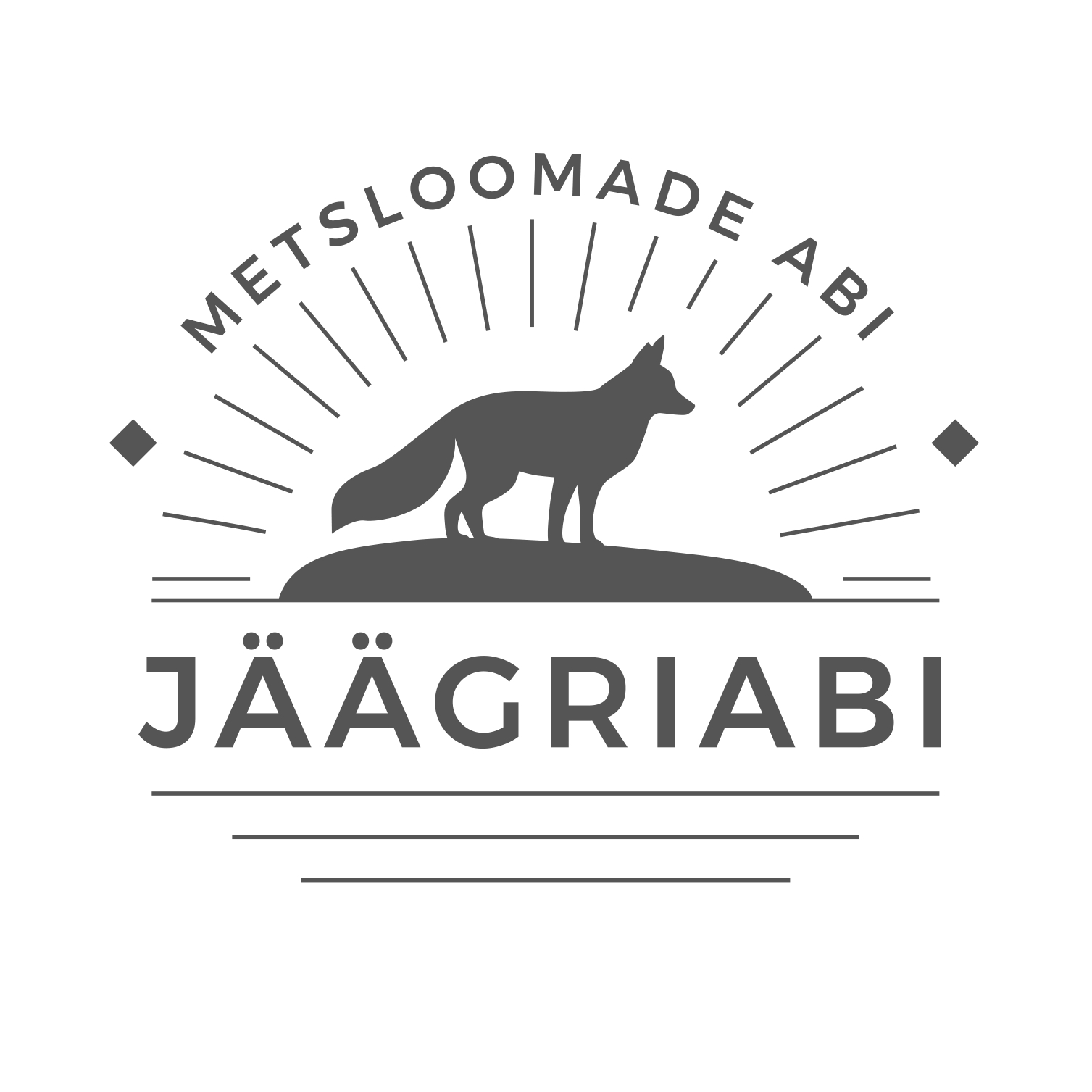
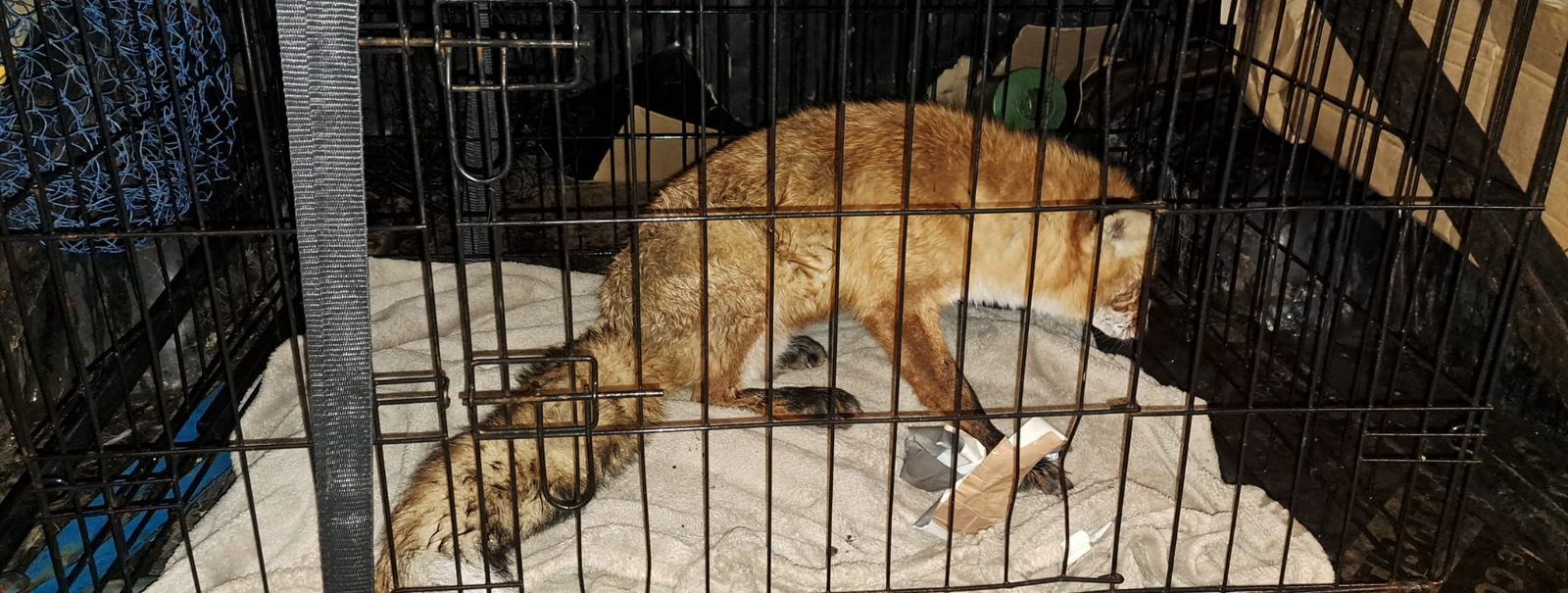

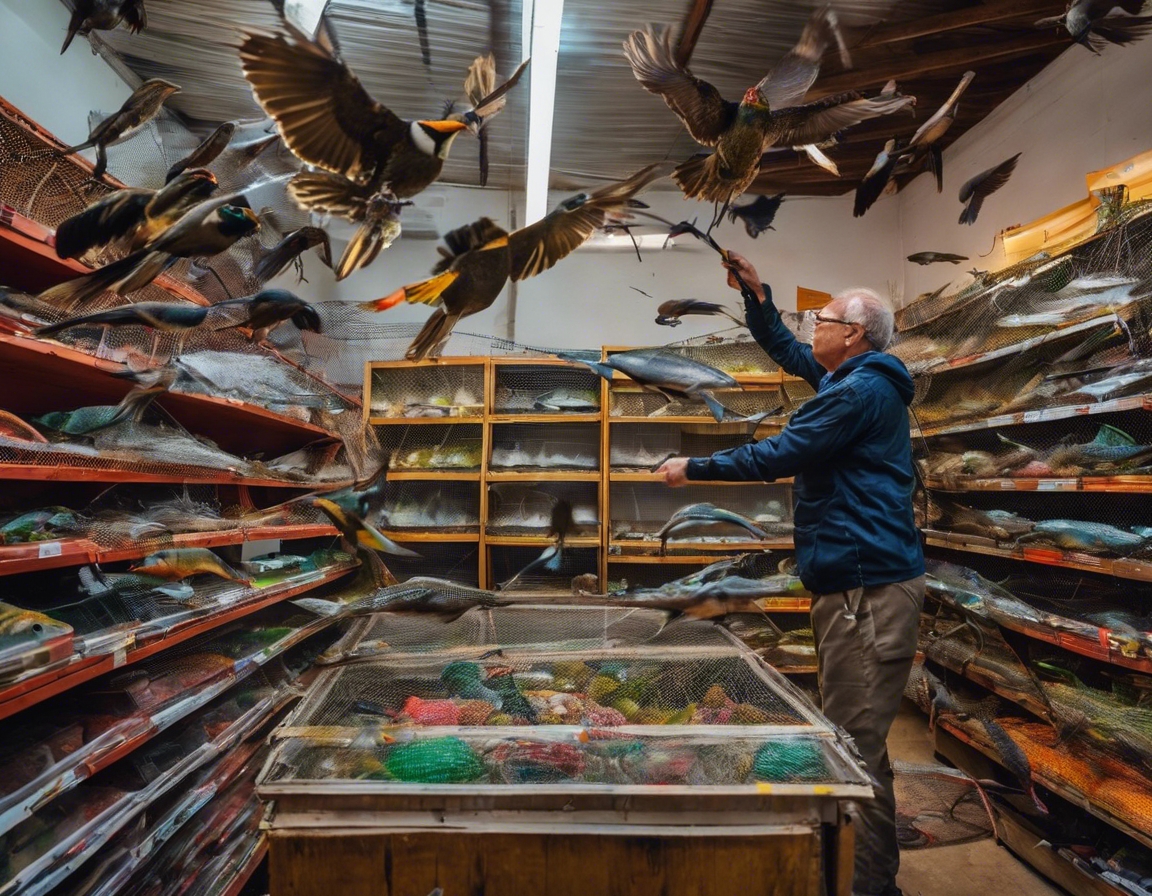
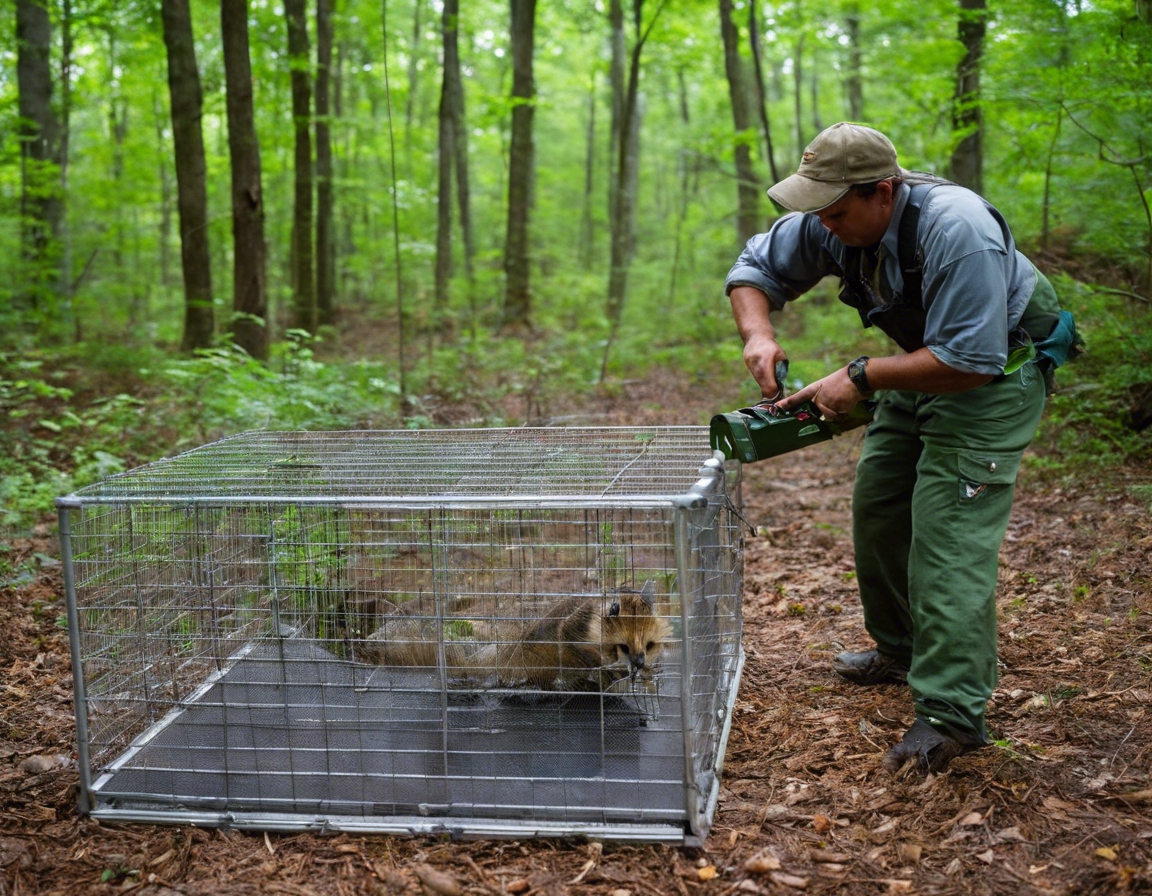
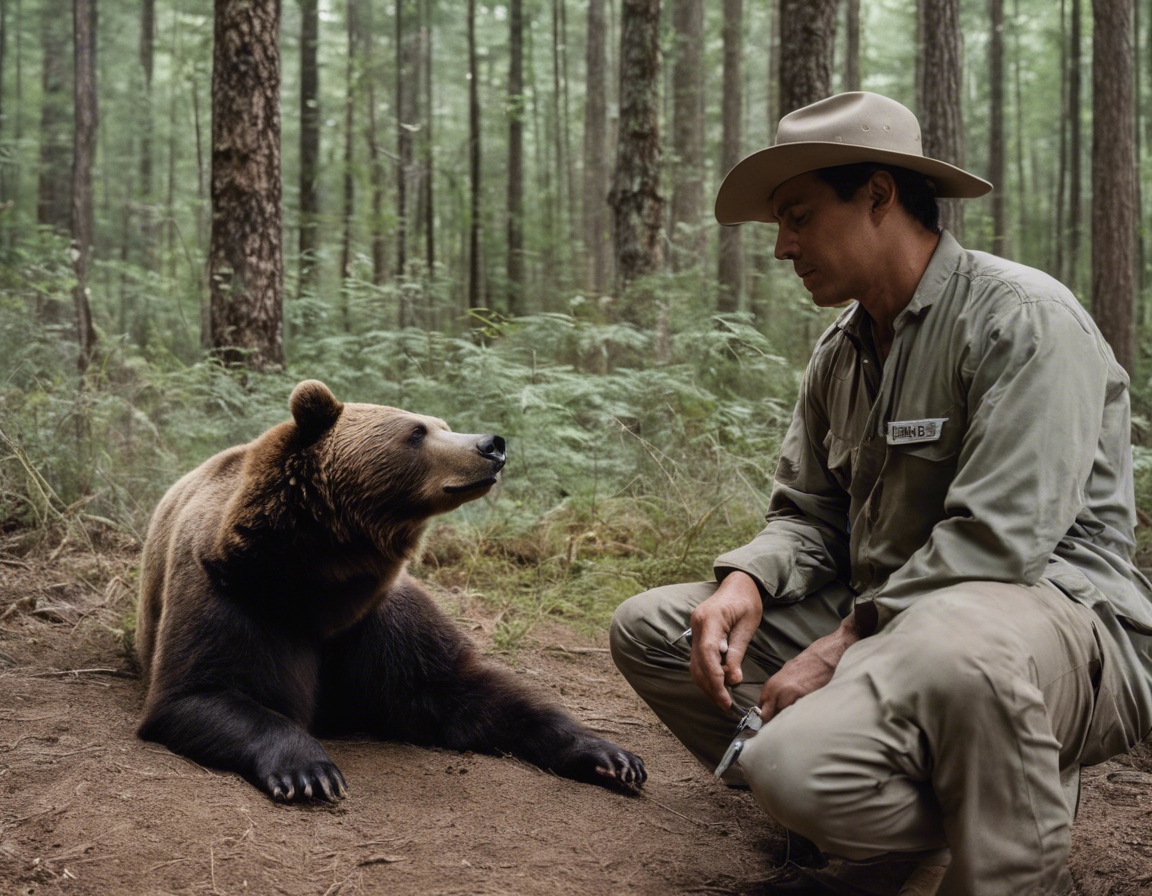

Comments (0)